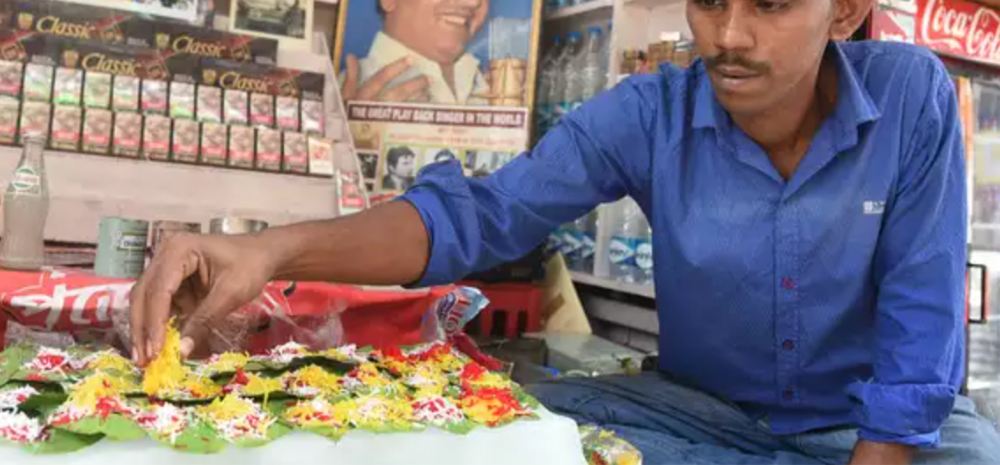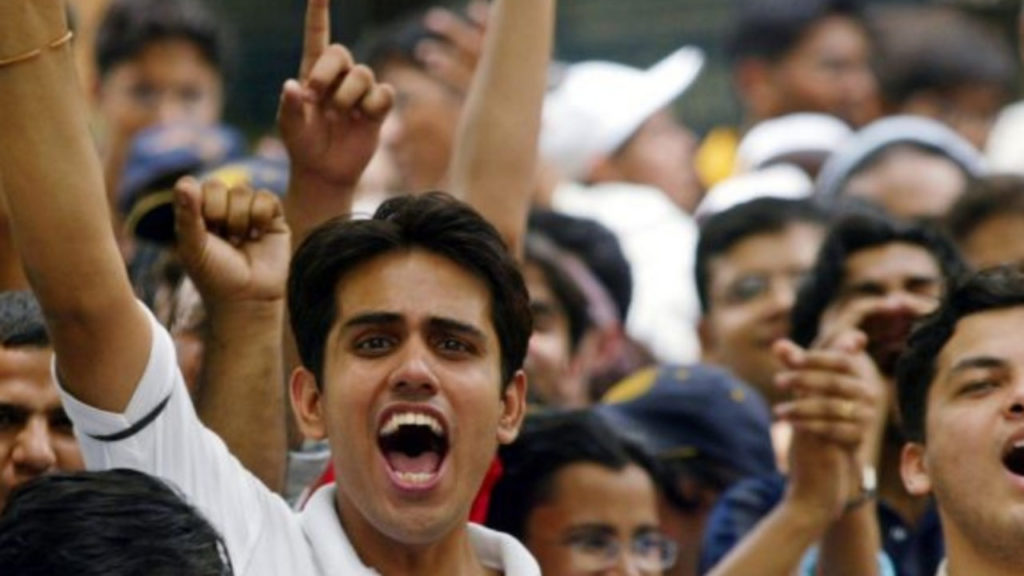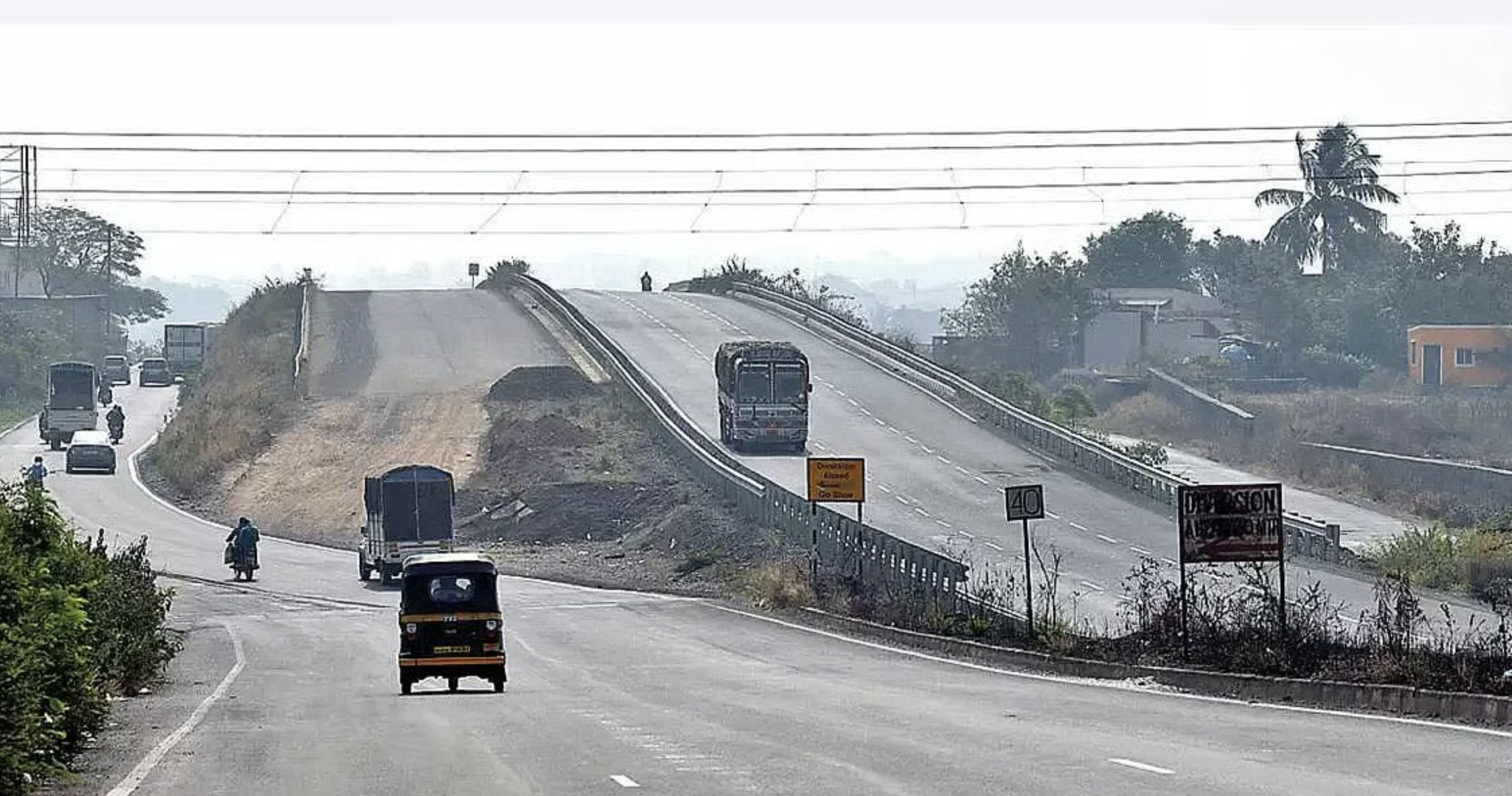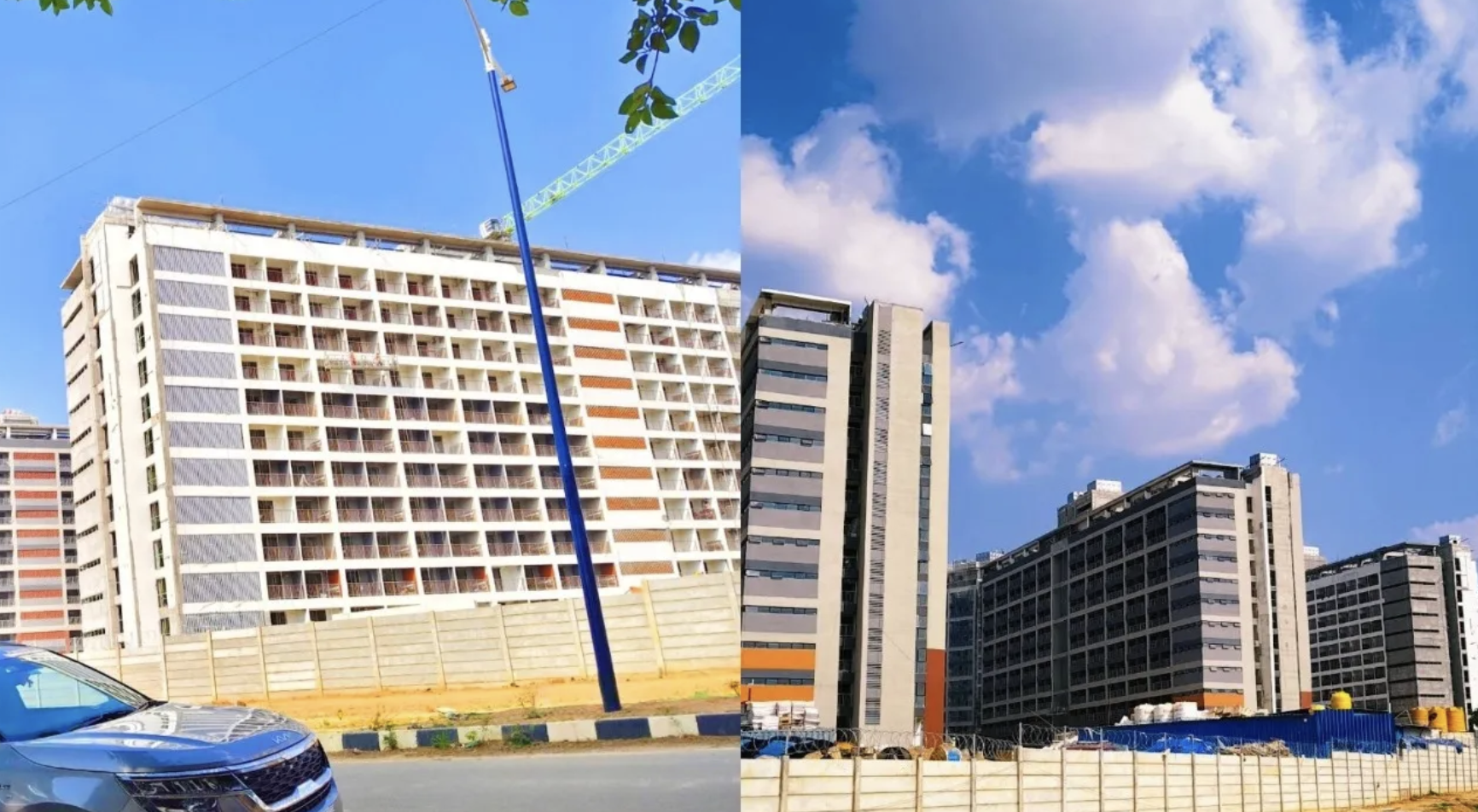As we know that usually CES were to be conducted every five years providing crucial information about the standard of living and well-being of households.

But this time, the country has to wait for more than one decade to have a Household Consumption Expenditure Survey (CES).
Rise In Paan & Tobacco Expenditures
Consumption of paan, tobacco and other intoxicants has increased with people spending a bigger portion of their income on such products in the last 10 years, as per a survey.
It appears that the expenditure on paan, tobacco and intoxicants has increased in rural as well as urban areas as per the Household Consumption Expenditure Survey 2022-23 which was released last week.
Further, this data reveals that the expenditure on these items has increased to 3.79 % in 2022-23 in rural areas from 3.21 % in 2011-12.
When it comes to the urban areas, its spending grew from 1.61 %in 2011-12 to 2.43 % in 2022-23.
Contrary to this increase, the proportion of spending on education has reduced to 5.78 % in urban areas in 2022-23 from 6.90 % in 2011-12.
Interestingly, this proportion has come down to 3.30% in 2022-23 from 3.49 % in 2011-12, in the case of the rural areas.
Stagnation With Real Wages
The data shows that the real wage has stagnated between 2013 and 2017 which in turn resulted in the subdued rise in household consumption expenditure.
This seems to be contrary to the general understanding that when the real wage and income have stagnated there would be a rise in consumption expenditure.
Besides this there is simultaneous evidence from household savings data from the same Central Statistical Organisation which indicates that household savings as a proportion of GDP have fallen.
As we can see, there are a massive number of poor workers in India.
The 24.6% of the rural workforce (of 430 mn) earns less than Rs 100 a day (nominal), again a staggering proportion of the population, according to the PLFS 2022-23.
In a closer look, these figures underscore the persistent and widespread nature of poverty.














